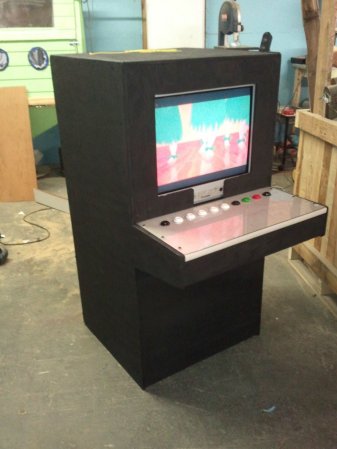The ThisAbles project is a series of 3D-printed IKEA furniture hacks making life easier for those without full use of their bodies. Since IKEA furniture is affordable and available across most of the planet, it’s the ideal target for a project that aims to make 3D-printed improvements accessible to everyone.
These hacks fit all meanings of the word “accessible”: Available worldwide, affordable, and helping people overcome physical barriers of everyday living. ThisAbles has support of multiple organizations including IKEA Israel. In their short introductory video (embedded below the break) they explained their process to find ways to make big impacts with simple 3D-printed modifications. From bumpers protecting furniture against wheelchair damage, to handles that allow drawers to be opened without fine fingertip control. Each of these designs also fit the well-known IKEA aesthetic, including their IKEA style illustrated manuals.
The site launched with thirteen downloadable solutions, but they have ambitions for more with user feedback. There’s a form where people can submit problems they would like to see solved, or alternatively, people can submit solutions they’ve already created and wish to share with the world. Making small changes to commodity IKEA furniture, these 3D printed accessories will have far more impact on people’s lives than the average figurine trinket on Thingiverse. It’s just the latest way we can apply hacker ingenuity to help others to do everything from simple daily tasks to video gaming.
[via Washington Post]
Continue reading “Ikea Furniture Hacks Make Accessibility More Accessible”














